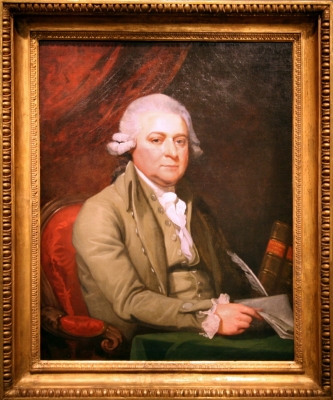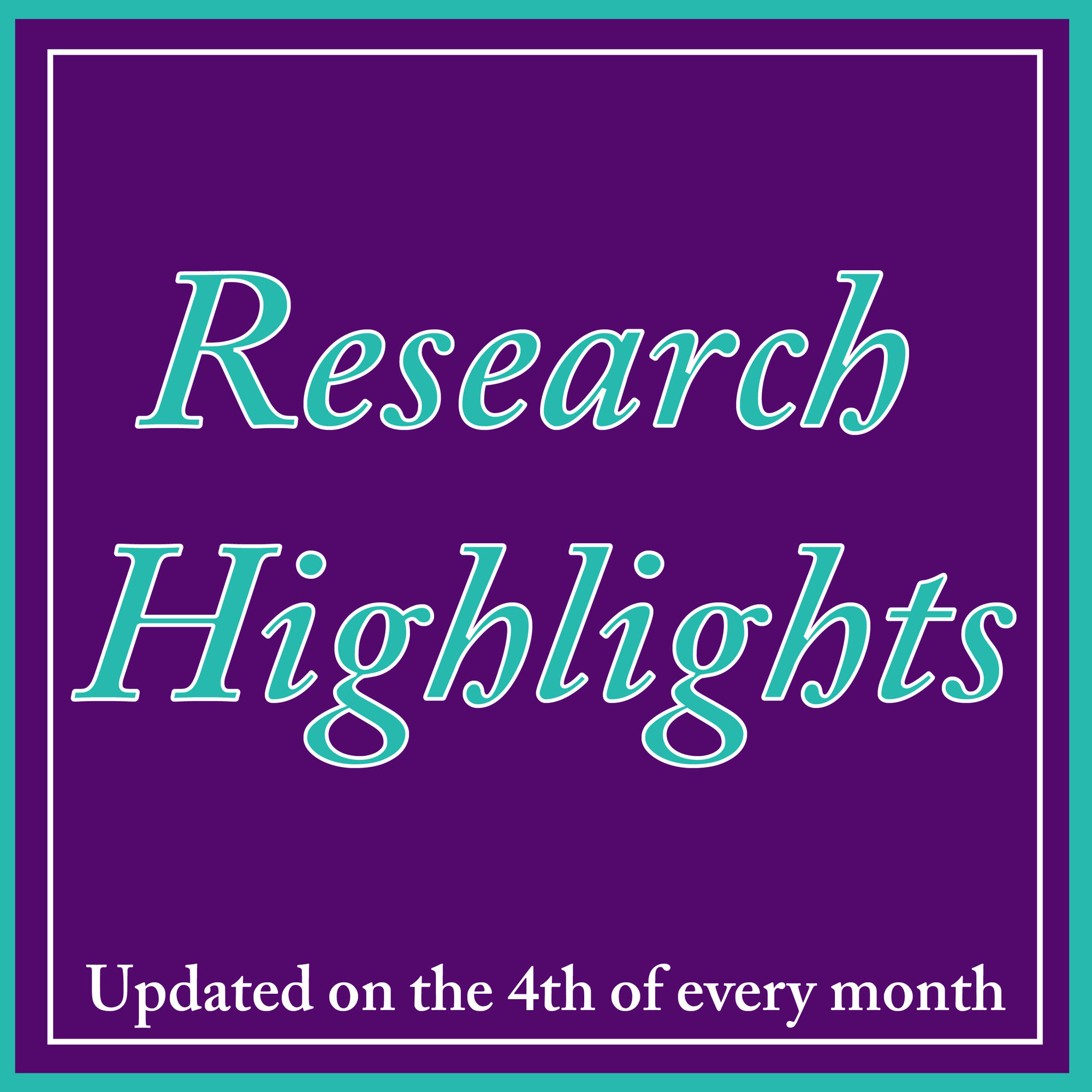 "It was the best of times, it was the worst of times, it was the age of wisdom, it was the age of foolishness, it was the epoch of belief, it was the epoch of incredulity, it was the season of light, it was the season of darkness, it was the spring of hope, it was the winter of despair, we had everything before us, we had nothing before us..."
"It was the best of times, it was the worst of times, it was the age of wisdom, it was the age of foolishness, it was the epoch of belief, it was the epoch of incredulity, it was the season of light, it was the season of darkness, it was the spring of hope, it was the winter of despair, we had everything before us, we had nothing before us..."
The opening lines of Charles Dickens' A Tale of Two Cities have a universal quality -- relevant to their original subject, the French Revolution; relevant to the earlier American Revolution; relevant in Dickens' time; relevant today. Let's focus on the American Revolution, and more specifically on two characters: Benjamin Franklin and Lord Howe.
Independence Hall, Philadelphia. On July 2nd, the Continental Congress voted in favor of a resolution for independence first presented in June. On July 4th, they approved the document we call the Declaration of Independence. Benjamin Franklin helped to craft the Declaration as a member of the Committee of Five, and signed the engrossed parchment in August.
HMS Eagle, off the coast of New England. On June 20th, Vice Admiral Lord Howe issued a declaration as one of the King's Commissioners for Restoring Peace. The trouble was, he didn't make it to New York Harbor to deliver his declaration until July 12th.
Howe believed that, if he had arrived a few days sooner, his message from the King could have prevented the Declaration of Independence. In actuality, his declaration galvanized the patriots' position. This month, we examine these two declarations through the words of two friends and leaders on opposite sides of the American Revolution.
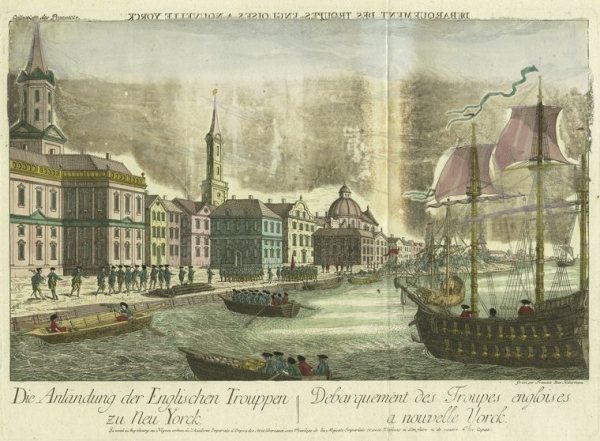
... Read more about August Highlight: A Tale of Two Declarations

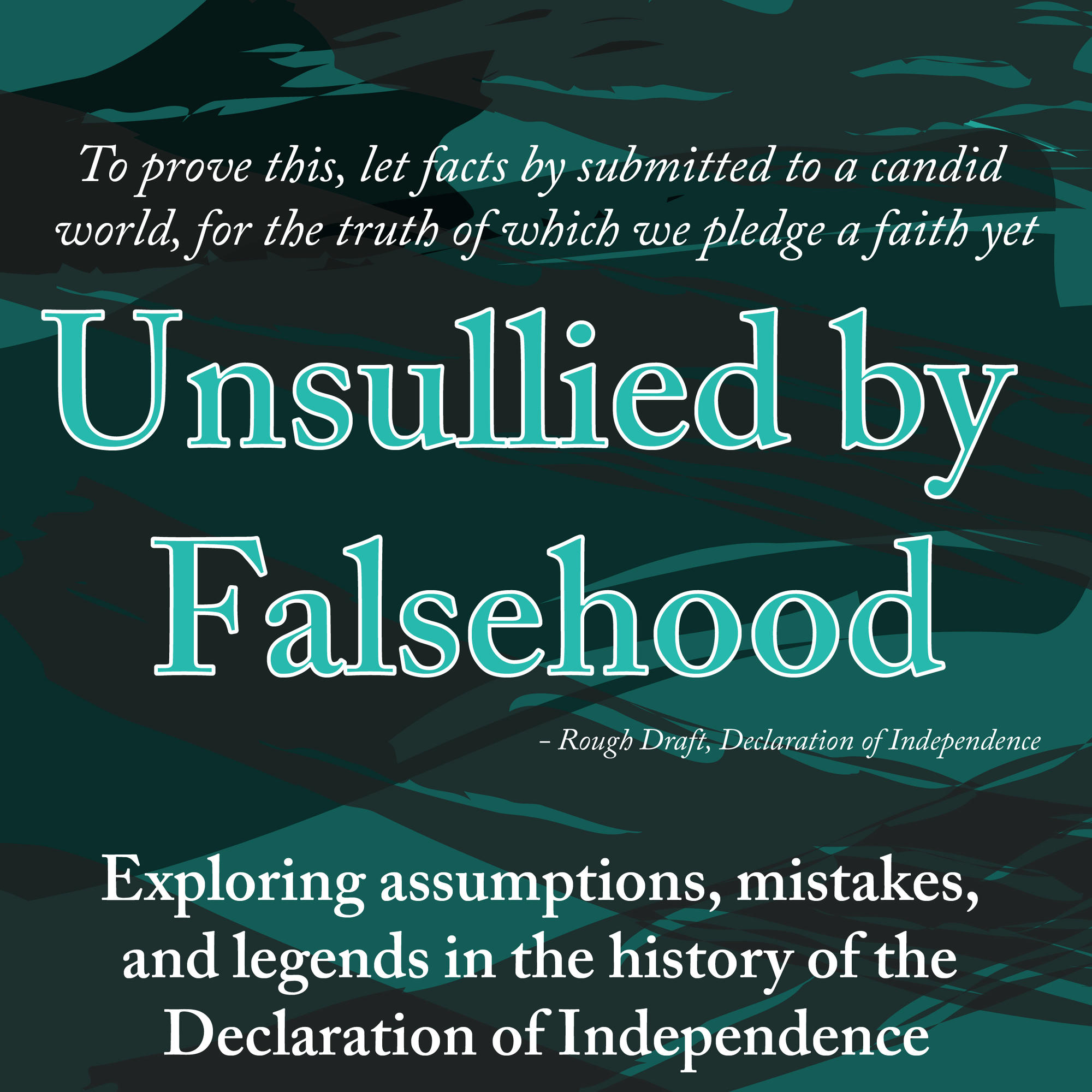 One of the most popular Thanksgiving-related myths in American history is the notion that Benjamin Franklin preferred the turkey as the national symbol of the United States, over the bald eagle. This story gained popularity in November 1962, when the New Yorker featured a cover illustration by Anatole Kovarsky of the Great Seal of the United States with a turkey in the place of the bald eagle. That same decade, the musical 1776 premiered on Broadway, and featured a song called "The Egg", where Franklin, Thomas Jefferson, and John Adams compare the birth of a new nation through the Declaration of Independence to an egg hatching. This launches a debate over which bird should symbolize America: John Adams calls for the eagle, Jefferson for the dove, and Franklin (of course) for the turkey. How did we come to associate the symbolism of the turkey with Benjamin Franklin, and is there any truth to it?
One of the most popular Thanksgiving-related myths in American history is the notion that Benjamin Franklin preferred the turkey as the national symbol of the United States, over the bald eagle. This story gained popularity in November 1962, when the New Yorker featured a cover illustration by Anatole Kovarsky of the Great Seal of the United States with a turkey in the place of the bald eagle. That same decade, the musical 1776 premiered on Broadway, and featured a song called "The Egg", where Franklin, Thomas Jefferson, and John Adams compare the birth of a new nation through the Declaration of Independence to an egg hatching. This launches a debate over which bird should symbolize America: John Adams calls for the eagle, Jefferson for the dove, and Franklin (of course) for the turkey. How did we come to associate the symbolism of the turkey with Benjamin Franklin, and is there any truth to it?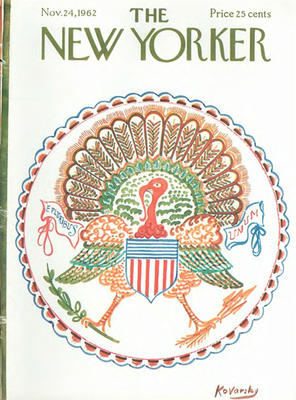
 John Adams and Thomas Jefferson were the only signers of the Declaration of Independence to become President of the United States, but they certainly weren't the only signers elected to public office in the new federal government. In fact, seven signers were part of the 1st United States Congress (1789-1791), eight including President of the Congress, John Adams. This month, with Election Day fast approaching, we highlight the signers of the Declaration of Independence who became congressmen, vice presidents, and presidents in the new United States.
John Adams and Thomas Jefferson were the only signers of the Declaration of Independence to become President of the United States, but they certainly weren't the only signers elected to public office in the new federal government. In fact, seven signers were part of the 1st United States Congress (1789-1791), eight including President of the Congress, John Adams. This month, with Election Day fast approaching, we highlight the signers of the Declaration of Independence who became congressmen, vice presidents, and presidents in the new United States.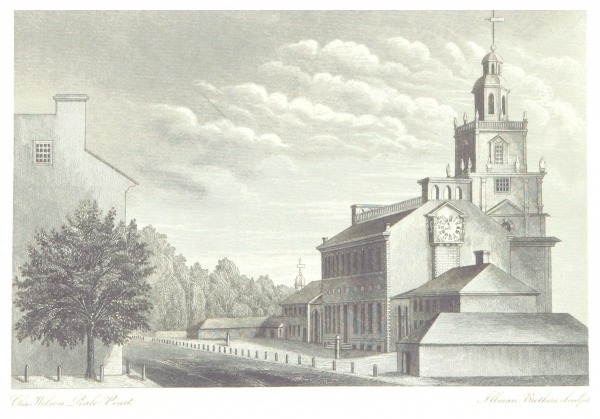
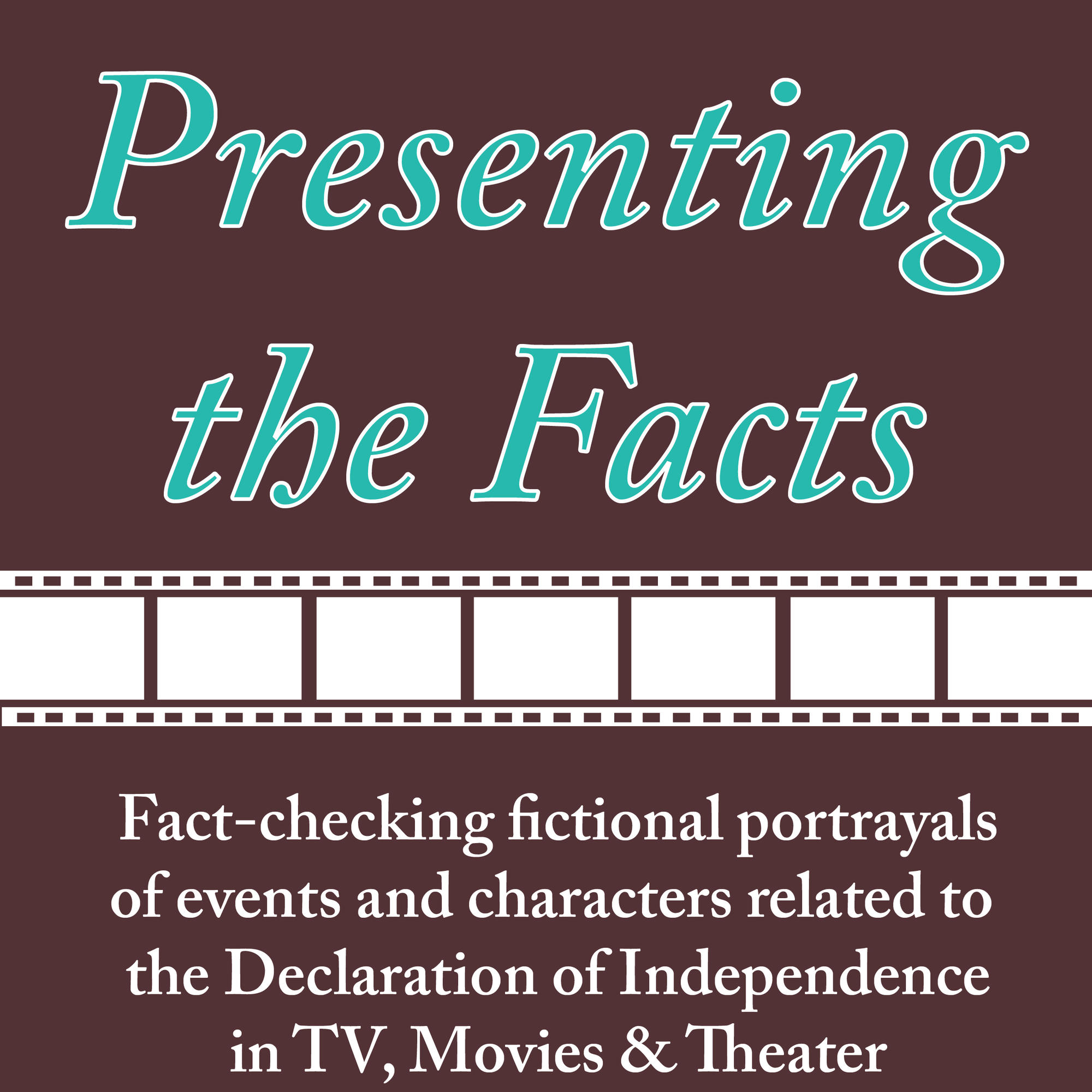 In this edition of "Presenting the Facts", we explore John Adams, the 2008 HBO miniseries. The miniseries was based on the book of the same name by David McCullough; the screenplay was by Kirk Ellis, and it was directed by Tom Hooper. With one exception, we focused on the second half of Part 2: Independence (starting at 45:13). This episode is so richly detailed, we had to limit our analysis to just the events related to the Lee Resolution and the Declaration of Independence (sorry, Abigail!).
In this edition of "Presenting the Facts", we explore John Adams, the 2008 HBO miniseries. The miniseries was based on the book of the same name by David McCullough; the screenplay was by Kirk Ellis, and it was directed by Tom Hooper. With one exception, we focused on the second half of Part 2: Independence (starting at 45:13). This episode is so richly detailed, we had to limit our analysis to just the events related to the Lee Resolution and the Declaration of Independence (sorry, Abigail!). 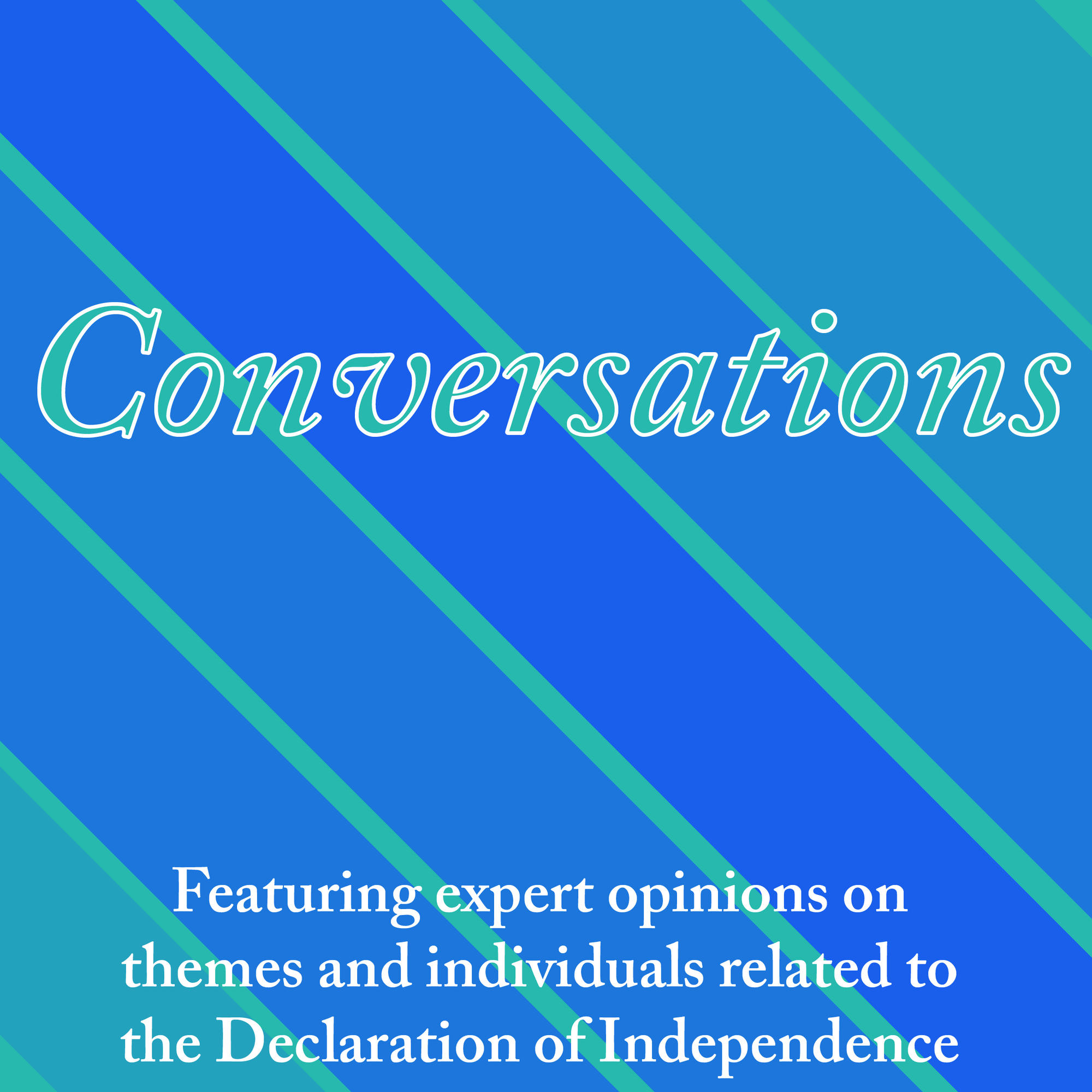


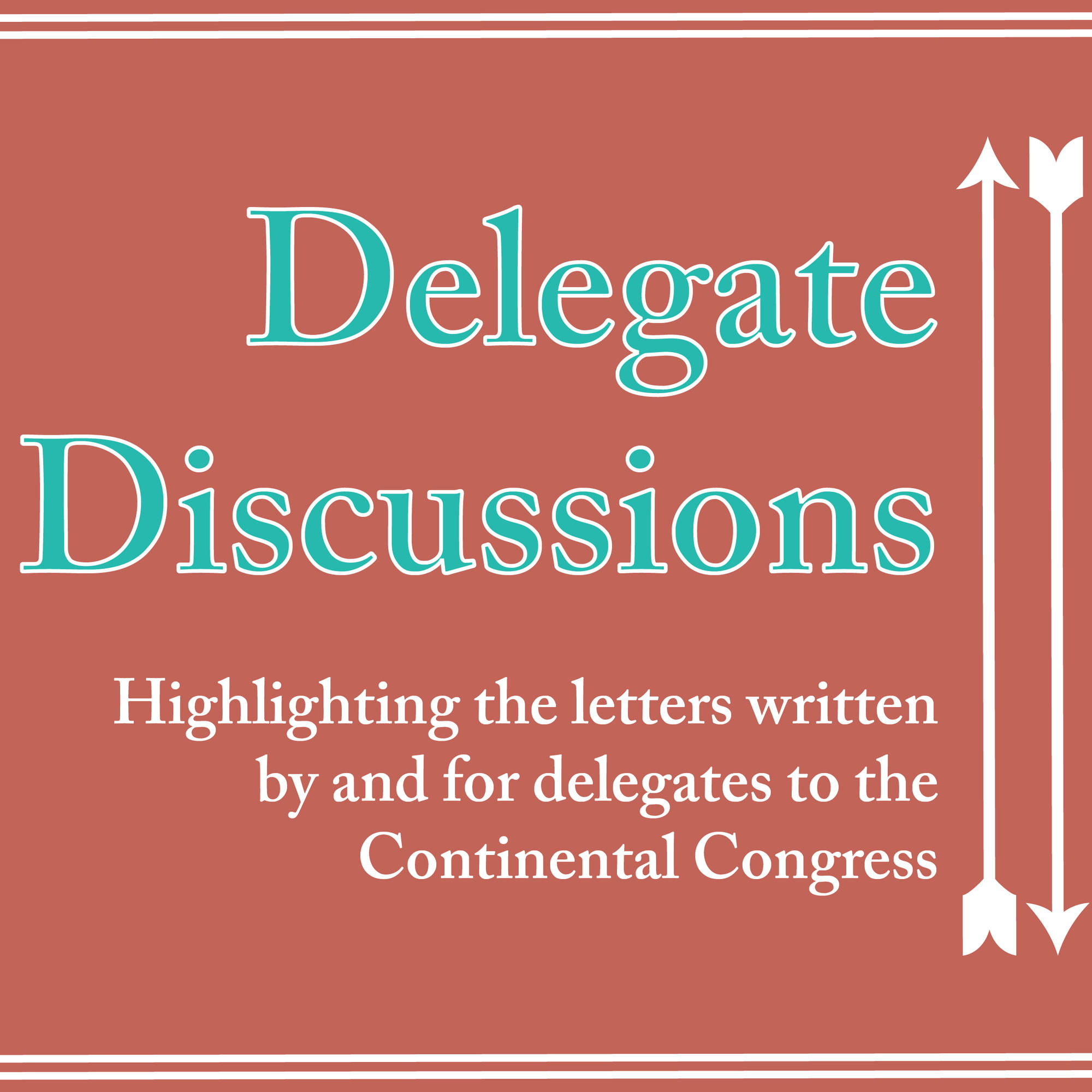 In February 1790, Dr. Benjamin Rush wrote a
In February 1790, Dr. Benjamin Rush wrote a 



